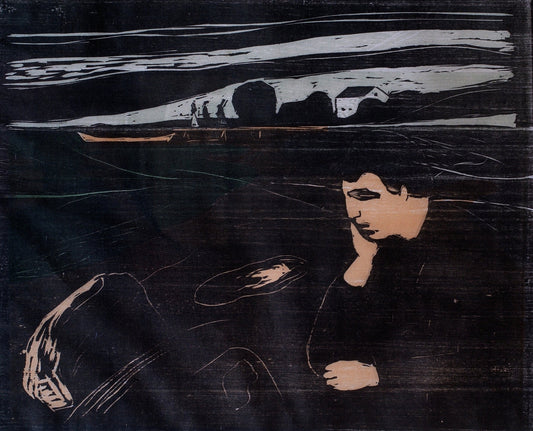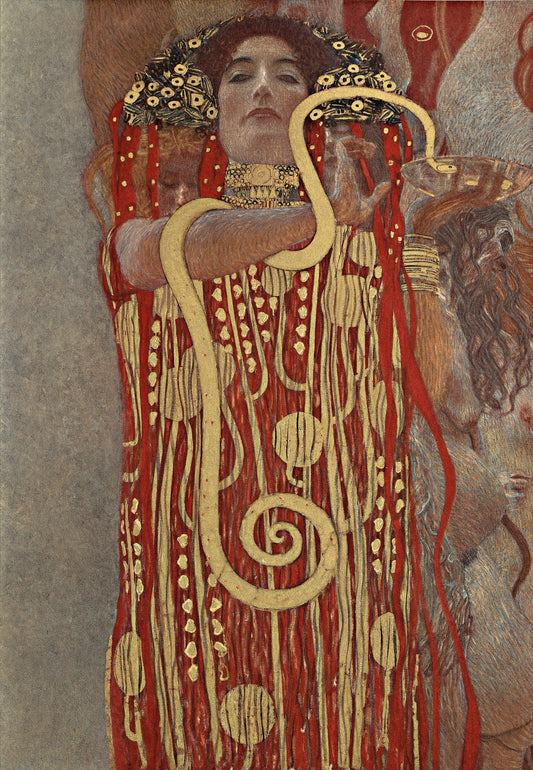The Elegance of Impressionism: Monet’s Woman with a Parasol as Wall Art
Share
Claude Monet’s Woman with a Parasol – Madame Monet and Her Son (1875) is a painting that seems to have been created in one breath. It has the immediacy of a sketch and the fullness of a finished canvas. Monet painted it outdoors in Argenteuil, capturing Camille Monet and their young son Jean during a summer walk. The brushwork is alive with movement, making the painting not just a portrait of a mother and child but a moment suspended in light.

What stands out first is the air. It flows through the entire painting, uniting sky, grass, and fabric into one atmospheric whole. The white parasol tilts in Camille’s hand, catching sunlight that scatters across her face and dress. Monet’s son stands below in the grass, a small figure partly shaded, his presence modest but grounding the composition. The two figures do not dominate the scene; instead they seem woven into it, as though Monet were painting the very sensation of standing in that meadow.
Why this artwork transforms a room
When reproduced as an art print, Woman with a Parasol carries the same freshness into contemporary interiors. The painting’s palette of soft greens, whites, and sky blues brightens a space without overwhelming it. Hung in a living room, it suggests openness and calm. In a bedroom, it becomes a gentle window to nature, a counterbalance to enclosed walls. Even in a modern office, its breeze of spontaneity tempers rigidity with warmth.
The painting’s scale in print form works especially well above a sofa, bed, or console table. It invites pause, not by force but by atmosphere. The parasol, lifted slightly to the wind, feels like a metaphor for lightness in everyday life.
The timeless quality of Monet’s art prints
Unlike many historical works that can feel too formal for contemporary spaces, Monet’s art holds a casual elegance. His brushstrokes dissolve detail into suggestion, making the painting adaptable to different interiors. Whether framed in natural wood, white, or even a slim black frame, Woman with a Parasol maintains its sense of freshness. It is not just an image of the past but a companion to the present.
Art prints of this work bridge history and home. They allow us to experience what Monet felt in that meadow in 1875 while also giving our walls a piece of visual poetry. It is a reminder that art does not only belong to museums. It belongs to the rooms where we live, work, and rest.





